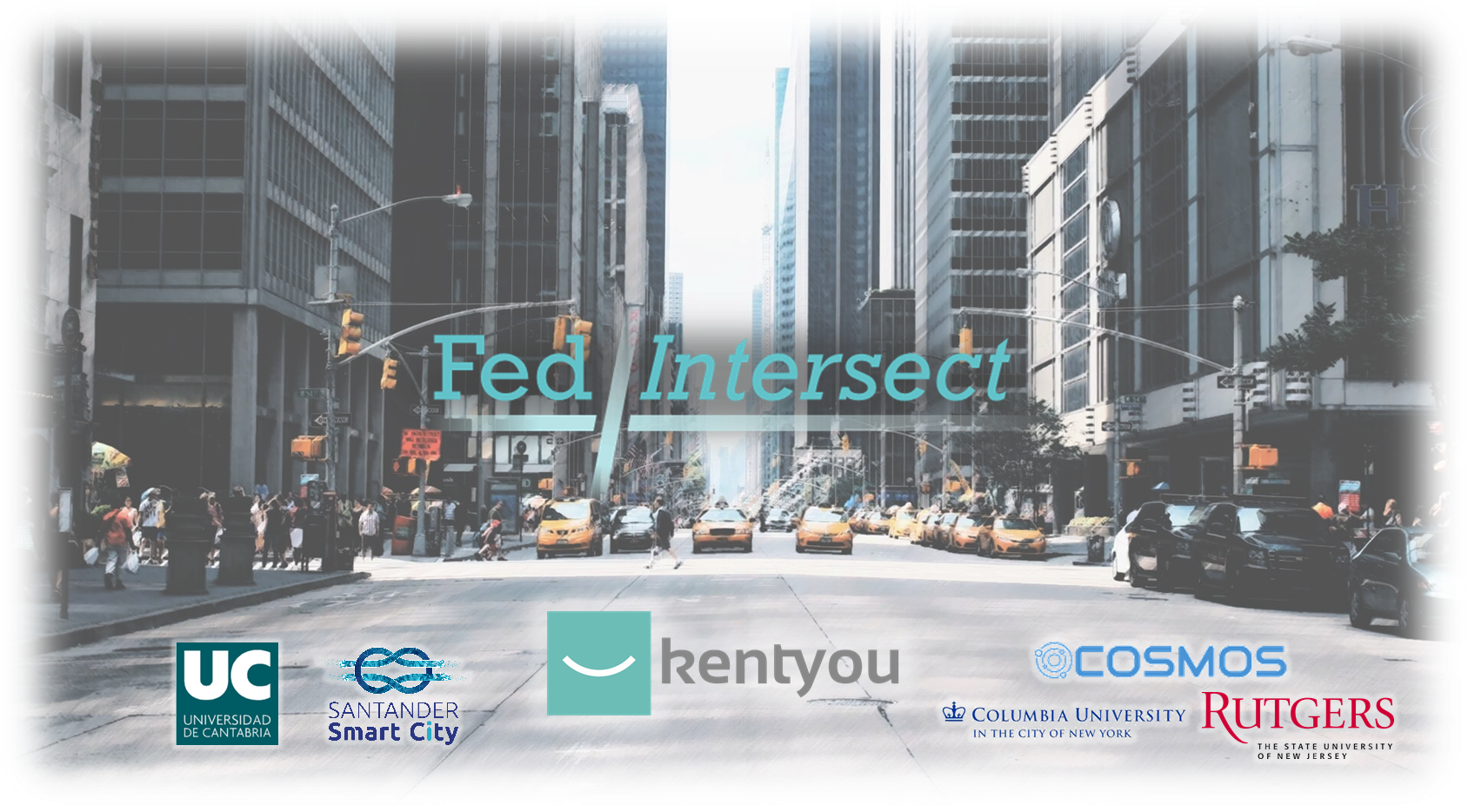
NSF and NGI-Atlantic awarded $75K and 75K Euro to the six-month project “FedIntersect: EU-US federated testbed for cross-Atlantic experiments for urban smart intersections Experiment.” The project is a collaboration between COSMOS team members Prof. Zoran Kostic, Prof. Gil Zussman (Columbia), and Ivan Seskar (Rutgers) with Kentyou (France) led by Founder and CEO Levent Gürgen and Prof. Luis Muñoz (University of Cantabria, Spain).
The main goal of this project is to federate two important cross-Atlantic testbeds, each one allowing US and European researchers respectively to validate their research and innovation; NSF PAWR COSMOS testbed in New York City in the US and Smart Santander testbed in Santander, Spain. In line with vision of NGI Atlantic program and the NSF COSMOS Interconnecting Continents (COSM-IC) project, the objective of the federation is to cross-test and validate the portability of data and services that can be reused for developing smart applications that need to be validated across borders. For optimal interoperability, thus maximum reuse of the next generation enablers in both sides of the Atlantic, such federation is essential.
The usefulness of the federation will be demonstrated and validated under a concrete set of applications in a socially important domain: smart mobility and smart intersections in urban areas. In the past few years, a quarter of all traffic deaths and about half of all injuries in the US occur at intersections. According to Eurostat data, road accidents involving pedestrians are still a major problem that needs to be tackled. Furthermore, intersections have an important role in the overall traffic flow management in an urban context, thus important environmental and economic consequences. Next generation enablers such as IoT, Artificial Intelligence (AI), and edge computing can help to increase the safety and efficiency of the intersections, thus to save lives and to improve urban traffic management.
For more details, see Kentyou’s news item.


